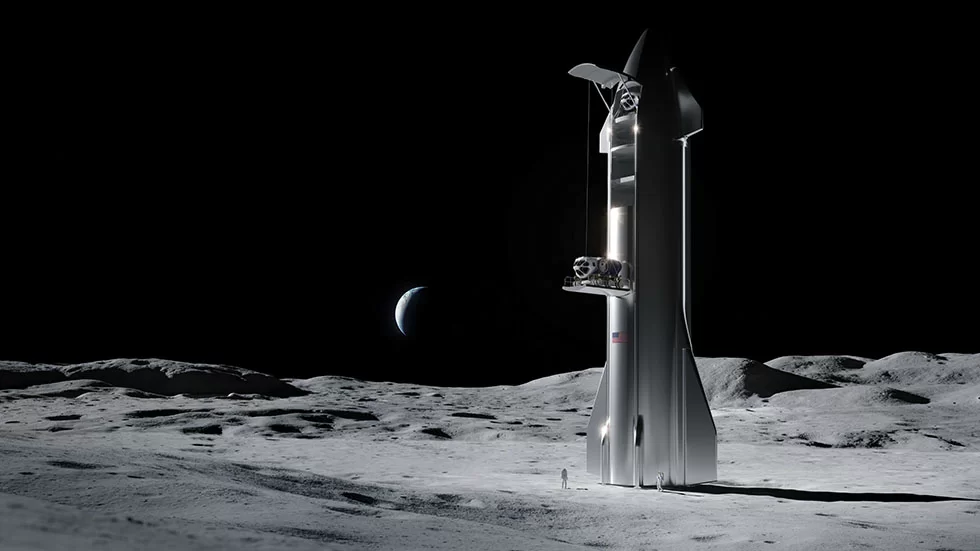According to National Space Society Director Al Globus, the development of thin-film solar cells may bring the reality of space solar power closer than ever.
Solar power originated roughly 50 years ago to power the satellites just beginning to orbit the Earth. From those roots it spawned a terrestrial-based power industry. Ironically, the same technology has, until recently, been prohibitively expensive for space based solar power. Thin-film solar cells are now changing the equation.
The terrestrial solar power industry relies upon a type of photovoltaics that uses a crystalline structure. Manufacturing costs of crystalline PV modules over the past few decades has decreased substantially. Combined with the ability to assemble each unit in a modular fashion, crystalline PV is now a viable source of power.
Space solar power using crystalline photovoltaics is expensive because the mass is high and launch costs tend to dominate. Industry people measure the effectiveness of a solar cell by its specific power, or output per weight. The unit of measurement is Watts per Kilogram (W/kg). The goal is to achieve 1000 W/kg. Recently, thin-film photovoltaics have exceeded this critical point. Very thin (10-25 micrometers) metallic substrates can achieve and exceed the required specific power targets.
According to Globus, this may bring space solar power within our grasp. Thin-film solar cells currently in use in space on the Ikaros solar sail achieve approximately 1,250 W/kg for power generation. However, this does not include the rest of the system (power beaming, ground receivers, etc.). Using current day technology, a thin-film based PowerSat could probably achieve around 275 W/kg. If we assume a reasonable R&D program to develop the basic technologies, it appears that 1,380 W/kg can be achieved in a reasonable time scale.
More on thin-film solar cells.


















